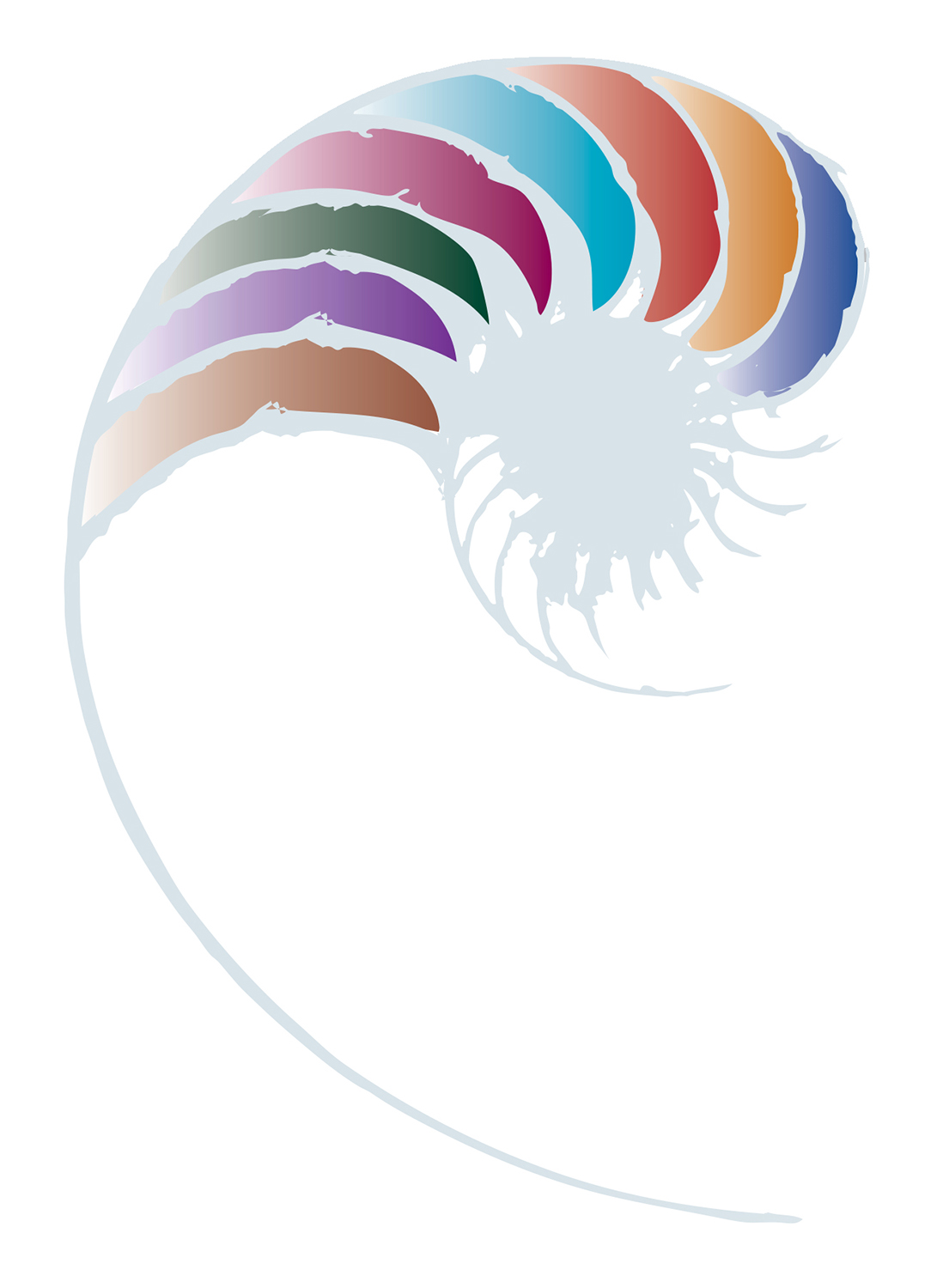Sign language as a way of being
A story about putting an inclusive philosophy into practice and building an inclusive community through welcoming a profoundly deaf child to the kindergarten.

Key points
- Putting philosophy into practice
- Exploring who inclusive practice is for
- Building an inclusive community
Te Whāriki has a strong focus on the inclusion of all children. In the mana reo | communication strand of Te Whāriki, teachers are encouraged to take the time to listen and respond to children so that they learn that their ideas and thoughts are of interest.
Casa Nova Kindergarten’s philosophy statement includes being “equitable, enthusiastic, and responsive to the fast-changing world our learners and their whᾱnau are living in.” Kaiako have put this aspiration into practice in the way they have developed their knowledge and skills and welcomed a profoundly deaf child to the kindergarten.
Initially, all kaiako made a commitment to learn sign language so that this child would have every chance to learn through the full curriculum provided. Kaiako attended sign language workshops run by First Signs and Ko Taku Reo Deaf Education New Zealand and supplemented this with digital media, in particular the New Zealand Sign Language (NZSL) App.
As kaiako learnt to sign, they reassessed their view of inclusion and who it was for. Their inclusive practice focused on ensuring that all children and the community were included in their profoundly deaf learner’s life, as well as supporting her. For example, when children and their families met their deaf learner in the street, they needed to know how best to communicate. Looking to the future, kaiako recognised, “They are the ones that she will transition to school with, we are not.”
With a strong commitment, changing mindset, and developing skills, kaiako have led a process whereby sign language has become a way of being for all, both within their kindergarten and beyond. Their impact was recognised at the 2018 New Zealand Sign Language Awards.
Strategies and approaches
Kaiako say that the following strategies and approaches helped them realise their goal of inclusiveness for all:
- making a point of ensuring children understand why they are learning to sign
- signing with all children and acknowledging children when they did the same
- including children and whānau in sign language learning sessions
- making sign language visible when they are out in the community, for example, at the local supermarket (employees have asked kaiako for signs so they too can communicate more inclusively)
- using small group communication games such as, "What’s missing on the tray?” (games in which children can lead in sign language, both at kindergarten and with their families)
- breaking sign language learning down into small steps, for example, starting with one-word signs for resources and routines (concrete items accompanied by pictures), then gradually adding colours, feelings, experiences, and concepts.
- using digital media such as the NZSL App and Rhymes with Signs App to keep adding sign language vocabulary (children know to ask for this when they are looking to learn a new sign).
About this resource
A story of practice from Casa Nova Kindergarten about implementing an inclusive philosophy, exploring who inclusive practice is for, and building an inclusive community through welcoming a profoundly deaf child into the early learning setting.



